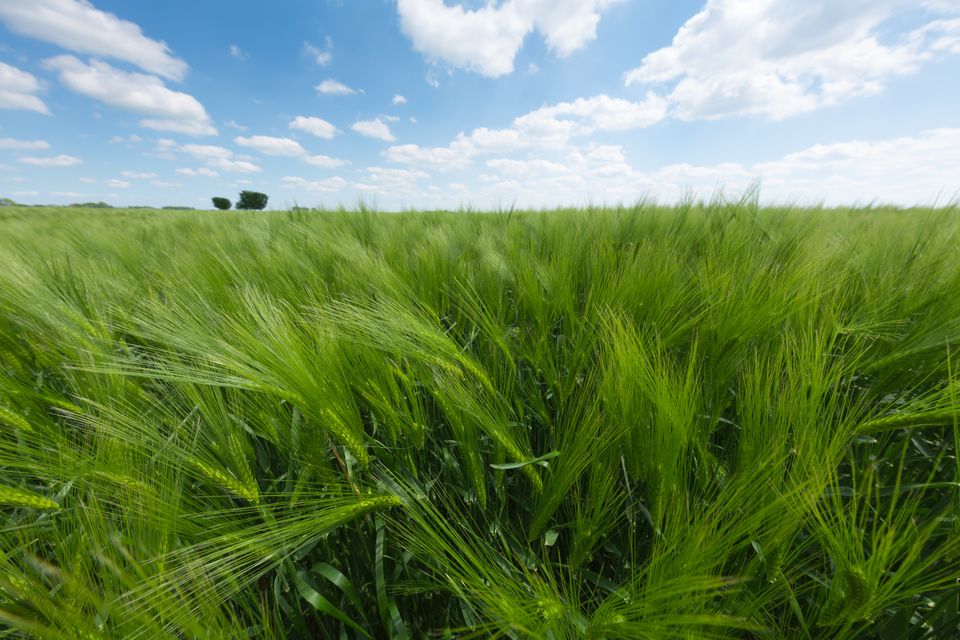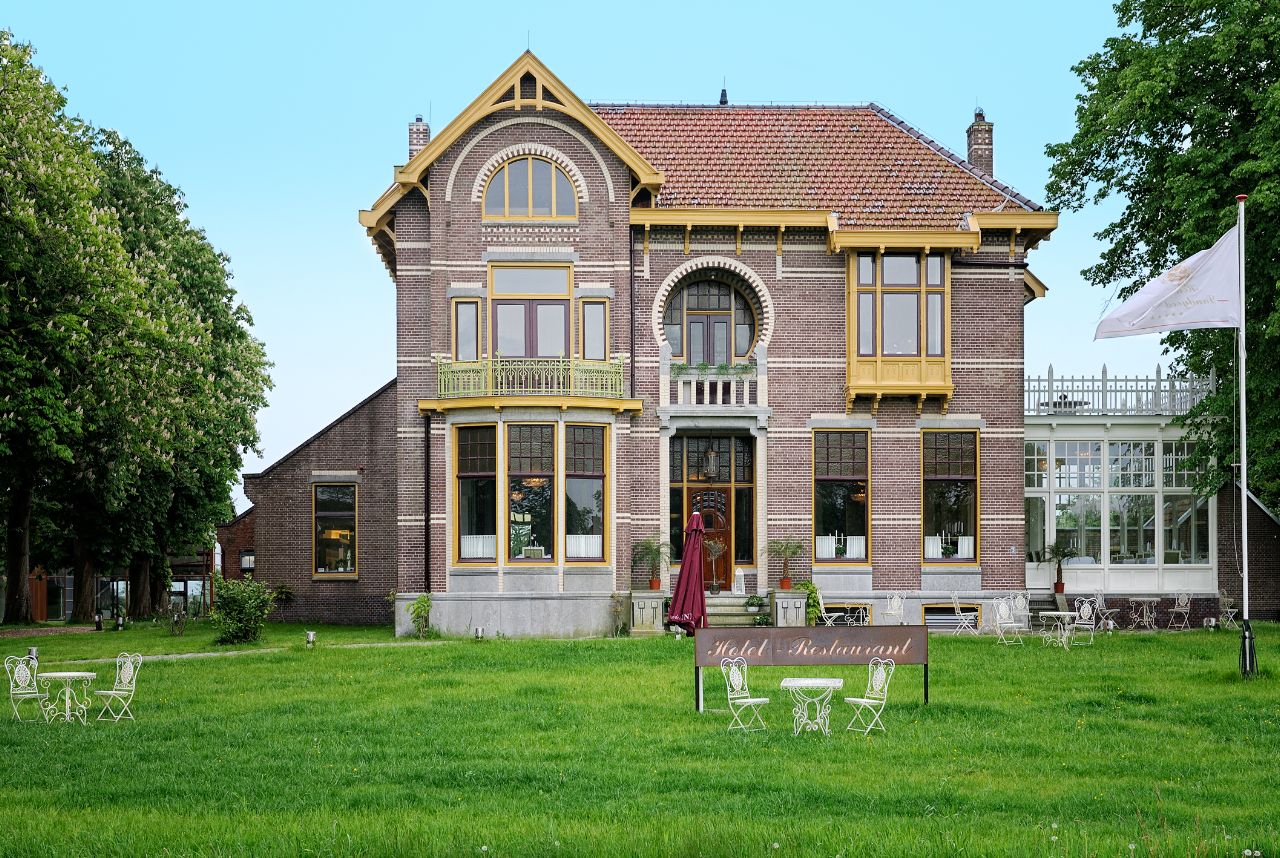Communism in the grain region
Sharing the golden yellow wealth
The successful grain cultivation created wealth. However, this wealth only benefited farmers who owned land while workers remained poor. The huge gap between the rich and the poor proved to be a fertile breeding ground for communism in the region. Various statues are reminiscent of the period during which communism was immensely supported in the Oldambt region.
Breeding ground for communism
The palace-like farms you see in the fields may already indicate that the farmers were the only ones to profit from the cultivation of grain. The heavy work was left to the moderately-paid workers. It is no surprise that an increasing number of farm workers demanded equality, and that social-anarchists such as Domela Nieuwenhuis and Jan Poppes Hommes found a sympathetic ear in the region. The Communistische Partij became the main party in the villages of Beerta and Finsterwolde. In the 1980s, Beerta was the only Dutch municipality to date to have ever had a communist Mayor.
Statues in honour of the past
De Graanrepubliek (The Grain Republic) by Frank Westerman describes the connection between the Oldambt grain fields and communism. The countryside, however, also shows signs of communism, such as a statue of the successful CPN politician Fré Meis by the Wedderklap in the village of Oude Pekela. The statue of Lenin that sprang up in the late 20th century in Tjuchem is more distinctive. Entrepreneur Henk Koop imported the 17,000-kilo bronze statue. It used to be located in the gardens of the Fontana Bad Nieuweschans spa.Today the statue is in storage.
Check the Grain Republic walk.



